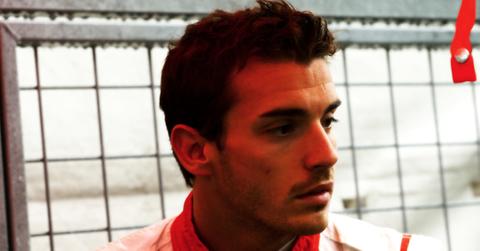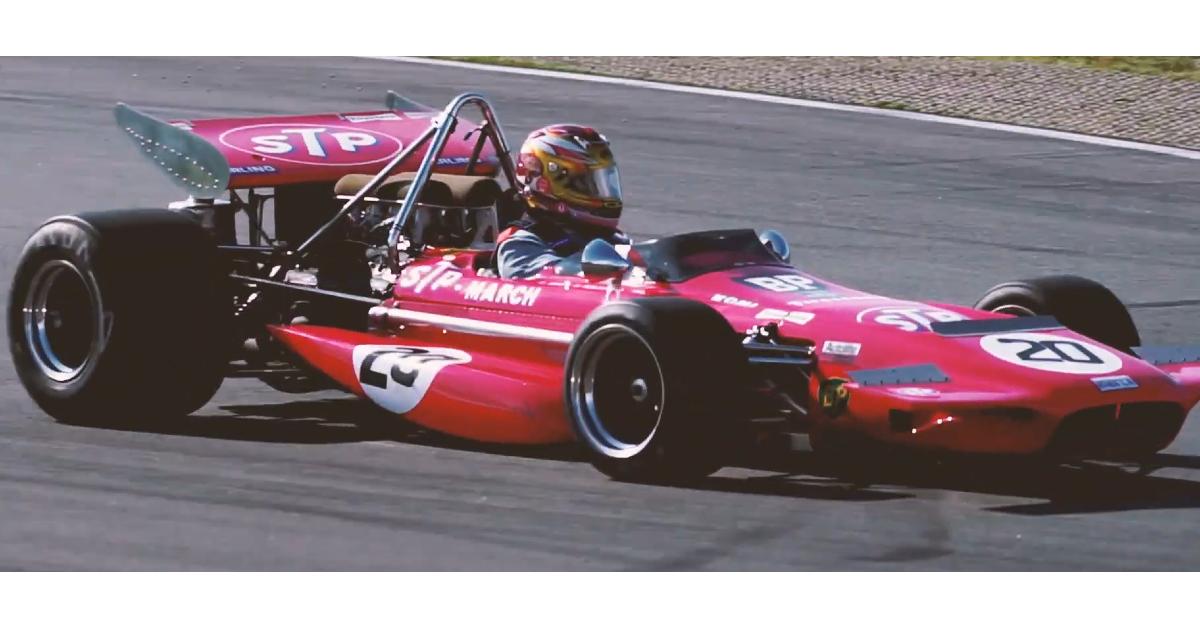One of the Last F1 Deaths Brought Two Revolutionary Safety Systems to the Sport
The HALO has already helped save lives in F1.
Published July 24 2025, 4:15 p.m. ET

Formula 1 racers reach breakneck speeds in their vehicles. The fastest ever speed recorded by a Formula 1 driver was Valtteri Bottas' blistering 231 miles per hour, which he attained during a 2016 Mexican Grand Prix practice session.
On average, F1 drivers average anywhere from 210 miles and 220 miles per hour. As one can imagine, crashing a vehicle at this pace can have deadly consequences and unfortunately, there have been a number of deaths in F1, including one that occurred as early as 2017.
David Ferrer was one of the last F1 deaths.
61-year-old veteran F1 driver David Ferrer unfortunately succumbed to injuries as a result of an accident that took place during the 2017 FIA Masters Historic Formula 1 Championship.
While racing around the Historic Grand Prix Zandvoort in a March 701-Ford Cosworth, he lost control of the vehicle while approaching Arie Luyendyk's corner.
Ferrer smashed into a barrier, obliterating the Cosworth and leaving him in critical condition. Despite the rapid response of medical professionals who airlifted him to a treatment facility, Ferrer ultimately passed away five days following the accident.
Jules Bianchi died during the 2014 F1 Japanese Grand Prix.
On Oct. 5, 2014, Marussia racer Jules Bianchi sustained a diffuse axonal injury after his vehicle tragically crashed into a recovery car. The wet conditions most likely contributed to another crash that occurred earlier in the race as well; Adrian Sutil's automobile was also decommissioned after a high-speed collision.
Bianchi's car impacted the recovery car, necessitating immediate medical transport. For nine months, he was left in a coma before ultimately dying on July 15, 2017.
Following the racer's passing, the FIA investigated the incident, and subsequent improvements to F1 racer protection were introduced to the sport.
The Virtual Safety Car system was implemented as part of F1 racing, which functions much like a safety car. Drivers must abide by this safety system or face penalties during the race, threatening their standing. Jalopnik provided a thorough breakdown of this system, which "forces a 30 percent speed reduction through each section of the track, and not just overall."
F1 racers need to be slower than this virtual safety car "at least once in each sector" to avoid any bad markings against their laps. The system is designed to "slow the field of cars down immediately" in case a recovery car needs to remove wreckage, or crew members need time to help their driver transition during a race.
The HALO cockpit protection device is aptly named because it indeed resembles the cherubic circle associated with angels. Racecar-engineering describes it as a "three-pronged tubular titanium structure that surrounds the cockpit of a Formula 1 car."
These HALOs are affixed to Formula One driver vehicles and are engineered to withstand "15 times the static load of a Formula 1 car and a ... 44 lb. wheel traveling at ... 140" miles per hour, the outlet writes.
Furthermore, Racecar-engineering highlights that the device has already proven to be a life-saving addition to the sport. Charles Leclerc, Romain Grosjean, and Guanyu Zhou were able to "walk ... away from serious incidents with only minor injuries thanks to the HALO."
